A Piece of Art That Changes the View of the World at Large
Manufactures and features · By Artland Editors
ten Controversial Artworks That Changed Art History
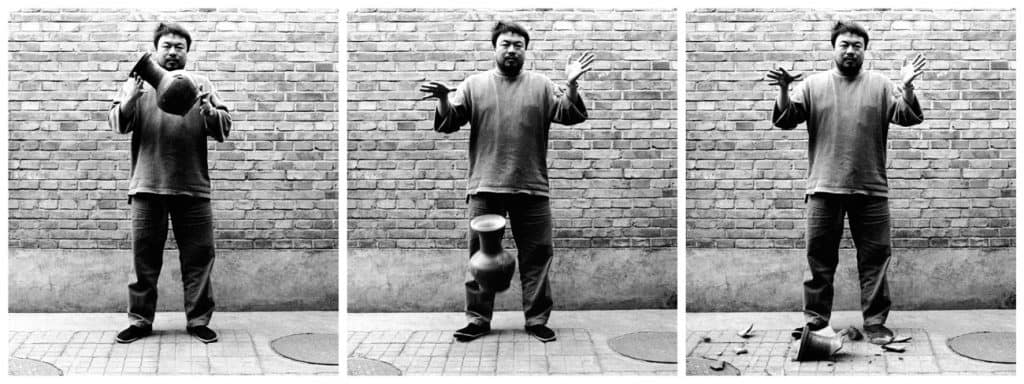
Throughout history, artists have been causing controversy, attempting to subvert the dominant structures in gild, and provoking people to run across life differently. After all, isn't the office of the artist to create new perspectives through their artworks? Come across some of the virtually daring provocateurs of the fine art earth from the by few centuries.
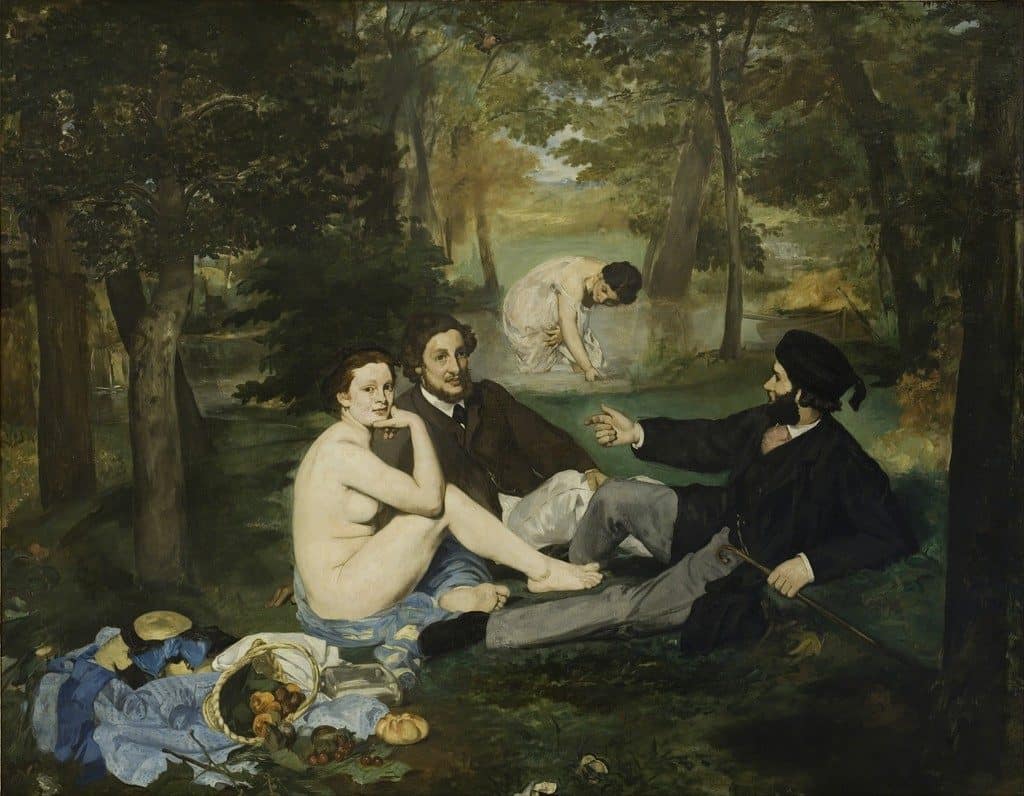
Manet, Le Déjeuner sur l'herbe
Édouard Manet, Le Dejeuner sur l'Herbe, 1863
Édouard Manet's famous painting was rejected by the Salon in Paris in 1863, and instead exhibited at the Salon des Refusés, where it generated quite the scandal. The unabashed presence of the nude woman, surrounded by fully clothed men in the apparel of that period, scandalized the art world and the public. Even Manet's fashion in this painting was considered shocking, since he made far more vicious contrasts between light and dark than was usual in that period. Manet's refusal to conform to conventional methods inLe Dejeuner sur 50'Herbeis frequently regarded as the divergence bespeak for Modernistic Art.
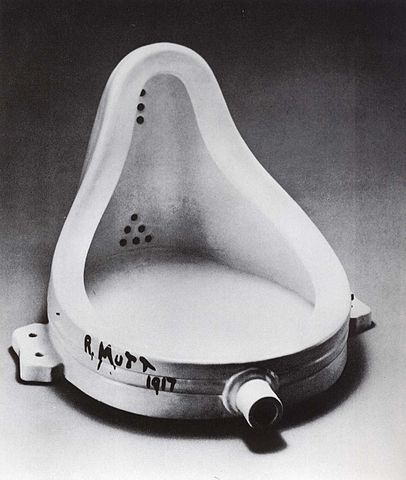
Duchamp, Fountain
Marcel Duchamp – Fountain, 1917
Arguably the most controversial artwork of the twentyth century,Fountain is the quintessential 'readymade', an everyday object that is turned into an artwork because the creative person decides it is fine art. In 1917, Marcel Duchamp submitted a urinal to the newly established Society of Contained Artists. The Lodge refusedFountain, arguing that it could not be considered an artwork. Duchamp'sFountain incited endless important questions such equally "what makes something a work of fine art?", and "what is the function of art institutions in evaluating and qualifying art?" These are questions that helped form the management of art from the 20th century up until this solar day.
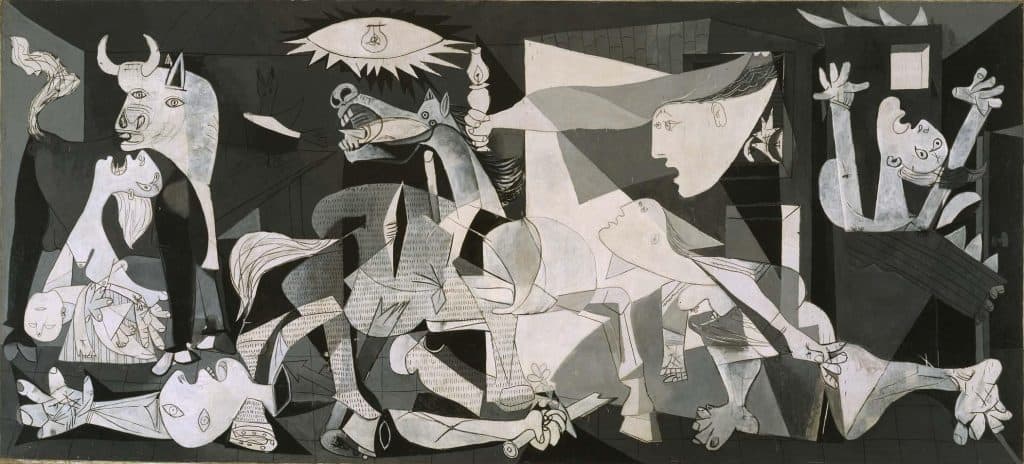
Guernica: What inspired Pablo Picasso'southward masterpiece? BBC News
Pablo Picasso, Guernica, 1937
Pablo Picasso's huge 1937 muralGuernica, which depicts the massacre of a Basque village in 1937, has since get a representation of every urban center ever bombed. It is ane of the most powerful artistic decries against fascism, and has been a bespeak of contention throughout the years due to its stiff, critical message. Picasso refused to have information technology on display in Spain until justice had been restored there, and when it was on display at the MoMa in 1967, artists petitioned for it to exist removed as a protest confronting the Vietnam State of war. In 2003, a tapestry version ofGuernicawas covered up at the United Nations.
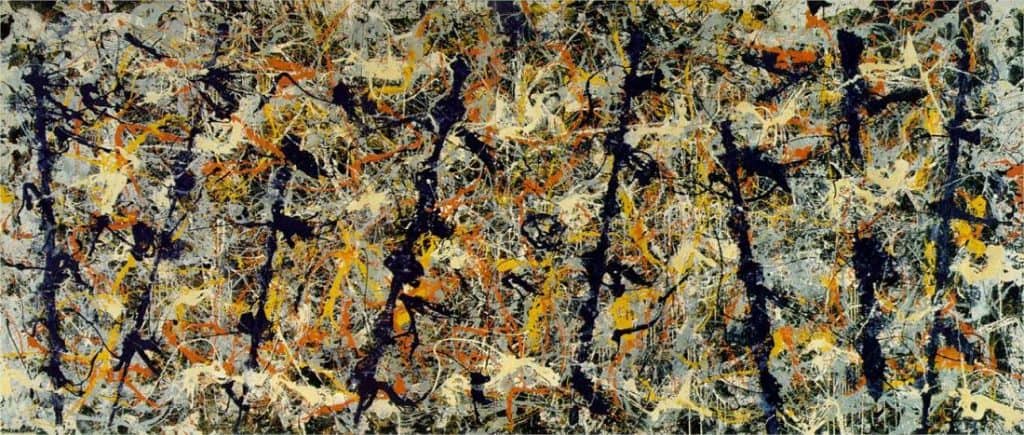
Jackson POLLOCK 'Blue poles' (Number 11, 1952) 1952
Jackson Pollock, Bluish Poles or Number 11, 1952
Jackson Pollock was one of the virtually influential Abstract Expressionists and is best known for his large 'action' paintings, artworks which he made past dripping and splattering paint over large canvases on the floor. Disillusioned with humanity afterward the horrors of the 2d Globe War, Pollock began to portray the irrationality of the modern human status in his wild drip paintings. Maybe his nearly famous piece of work isBlue Poles, also known every bitNumber 11, 1952. Pollock'due south radical painting mode initially shocked people, simply was shortly appropriated by mass culture, something that became symptomatic for that menses in art. Pollock, withal, remained critical most the direction and reception of his piece of work.
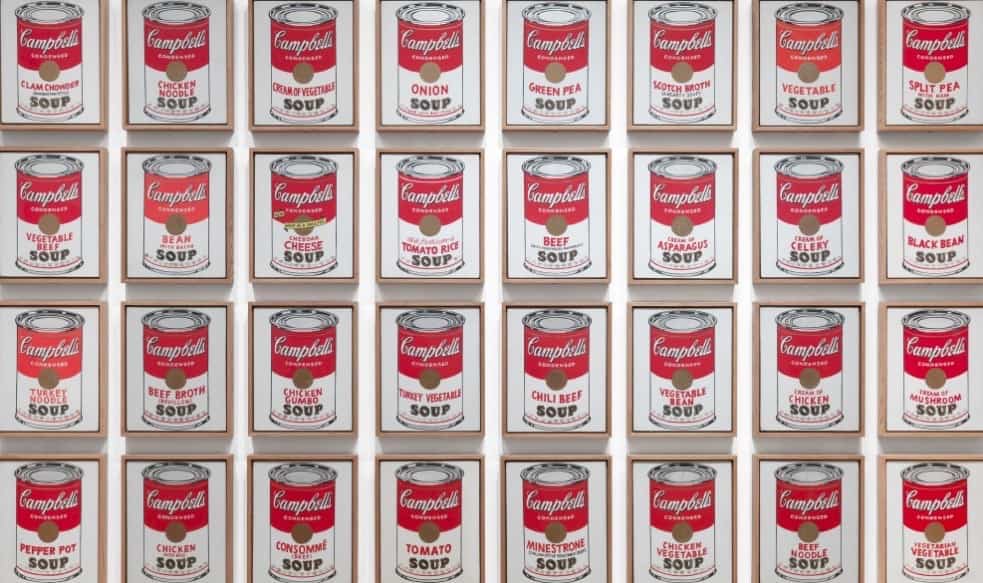
Jackson POLLOCK 'Blue poles' (Number 11, 1952) 1952
Andy Warhol, Campbell's Soup Cans, 1962
Andy Warhol, a leading effigy in the pop art movement, became one of the nearly influential and controversial artists of his time. His work explored the line between creative expression, celebrity culture, mass production, and mass media culture. His world-famous 1962 silkscreen paintingCampbell's Soup Cans acquired a stir when exhibited in LA – some were intrigued, while many dismissed it and were disdainful. Warhol once said, while reflecting on his career: "I should have just washed the Campbell's Soups and kept on doing them… because everybody but does i painting anyway."

Andres Serrano, Piss Christ, 1987
Piss Christ is a 1987 photo past Andres Serrano, depicting a pocket-size plastic crucifix submerged in a glass tank of Serrano'due south urine. The piece caused a huge scandal and outrage from senators because Serrano had received taxpayer-funded support from the National Endowment for the Arts, and considering many establish the piece to be blasphemous. In this period, Serrano received death threats and hate mail. In 2011, a print of the slice was vandalized during an exhibition in Avignon, French republic.
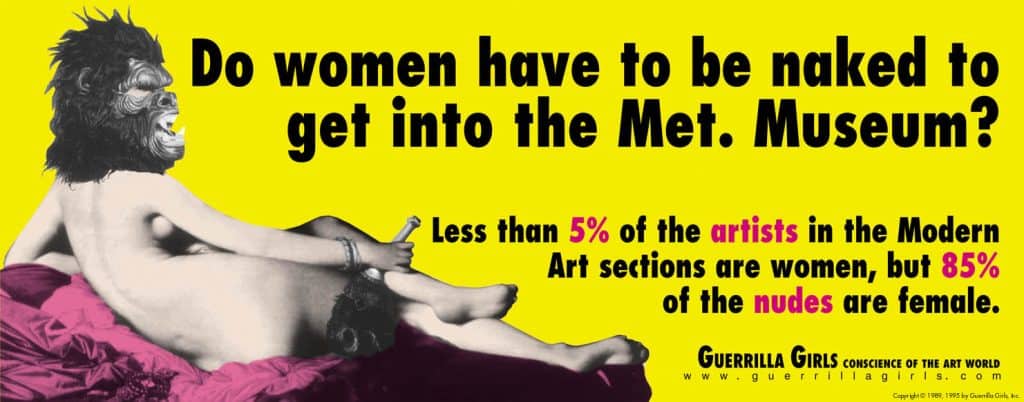
Guerilla Girls, Do Women have to exist naked to get into the Met. Museum?, 1989
The Guerilla Girls are a group of feminist activist artists, who use facts, humor, and outrageous visuals to expose gender and ethnic bias and corruption in politics, fine art, film, and pop civilization in their artworks. In 1989, they designed this billboard for the Public Art Fund (PAF) in New York, aimed to criticize the museum institutions for under-representing female person artists and objectifying women. The PAF rejected this piece, deeming it "too provocative." Instead, the Guerilla Girls rented advertising space on NYC buses and ran the advertising themselves.

Ai Weiwei, Dropping a Han Dynasty Urn, 1995
Ai Weiwei is one of the peachy provocateurs of our time, whose work heavily criticizes the Chinese regime and fights for freedom of expression.Dropping a Han Dynasty Urn depicts the creative person as he smashes a 200-twelvemonth-old ceremonial urn, of meaning symbolic and cultural worth. Many chosen this an human action of desecration, to which Weiwei replied: "Full general Mao used to tell u.s.a. that we can only build a new earth if we destroy the old i."

Tracey Emin's My Bed at Tate Great britain
Tracy Emin, My Bed, 1998
My Bedis the artwork that instantly cemented Tracy Emin equally one of the virtually controversial and nigh historic artists in the UK. WhenMy Bed was showtime exhibited at Tate Britain in 1999, reactions were extremely mixed, with some people utterly disgusted and deeply disquisitional, and others completely enraptured. Love it or hate information technology, this confessional piece managed to address taboos about people's most intimate spaces, failure, depression, female imperfections, and bodily fluids.
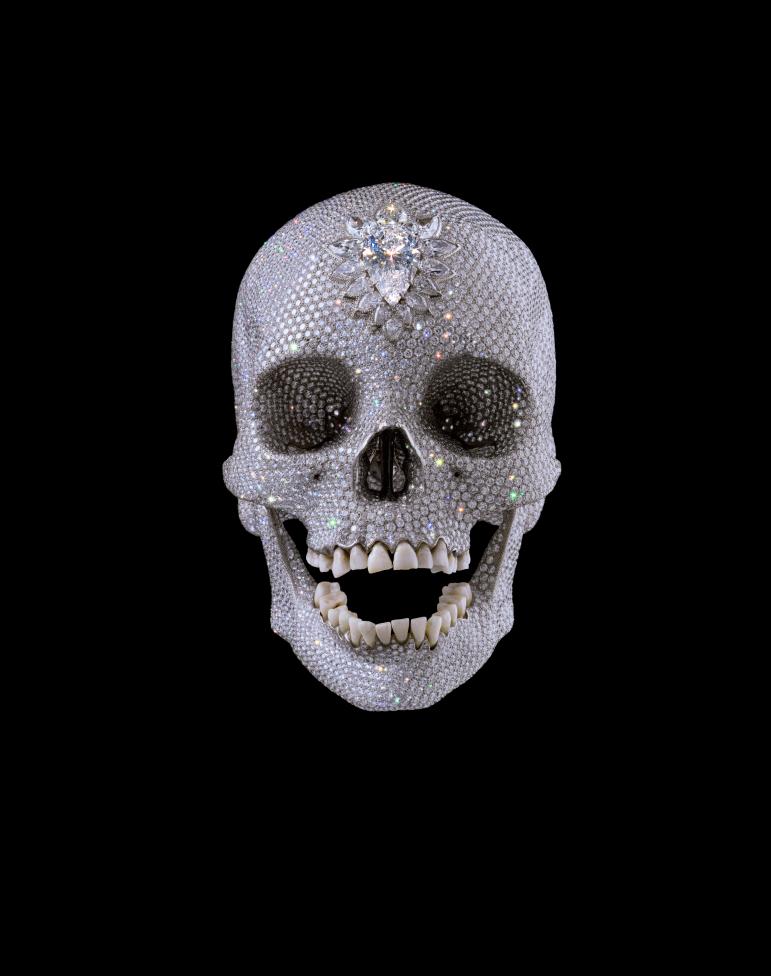
Damien Hirst – For the Dear of God | TateShots
Damien Hirst, For the Love of God, 2007
Damien Hirst is one of the most controversial figures in the art scene today. With his dead animals preserved in formaldehyde artworks selling for as much as £50.000, he is i of the highest-paid artists of his time, and also i of the most heavily criticized.For the Honey of God is a platinum cast of a homo skull, which Hirst encrusted with 8601 diamonds. This artwork was sold for the highest cost ever paid for a work past a living artist, at £50 meg – while it cost £14 million to produce it. The work is meant to question the morality of art and money. The way that Hirst has created a brand for himself as an artist has disgustedand inspired many, but either fashion, he has undoubtedly left quite the mark on the fine art globe.
Source: https://magazine.artland.com/10-controversial-artworks-changed-art-history/
0 Response to "A Piece of Art That Changes the View of the World at Large"
Post a Comment